In the world of canine companions, tail docking and ear cropping are practices that have sparked intense debate. For centuries, these procedures have been performed on dogs, often as a symbol of breed standard or for perceived health benefits. However, the tide is turning, with many questioning whether these practices are necessary or humane. This article delves into the history, reasons, and controversies surrounding tail docking and ear cropping. Are we holding onto a tradition that no longer serves its purpose, or are these procedures still relevant in today’s society?
The Historical Roots of Tail Docking and Ear Cropping
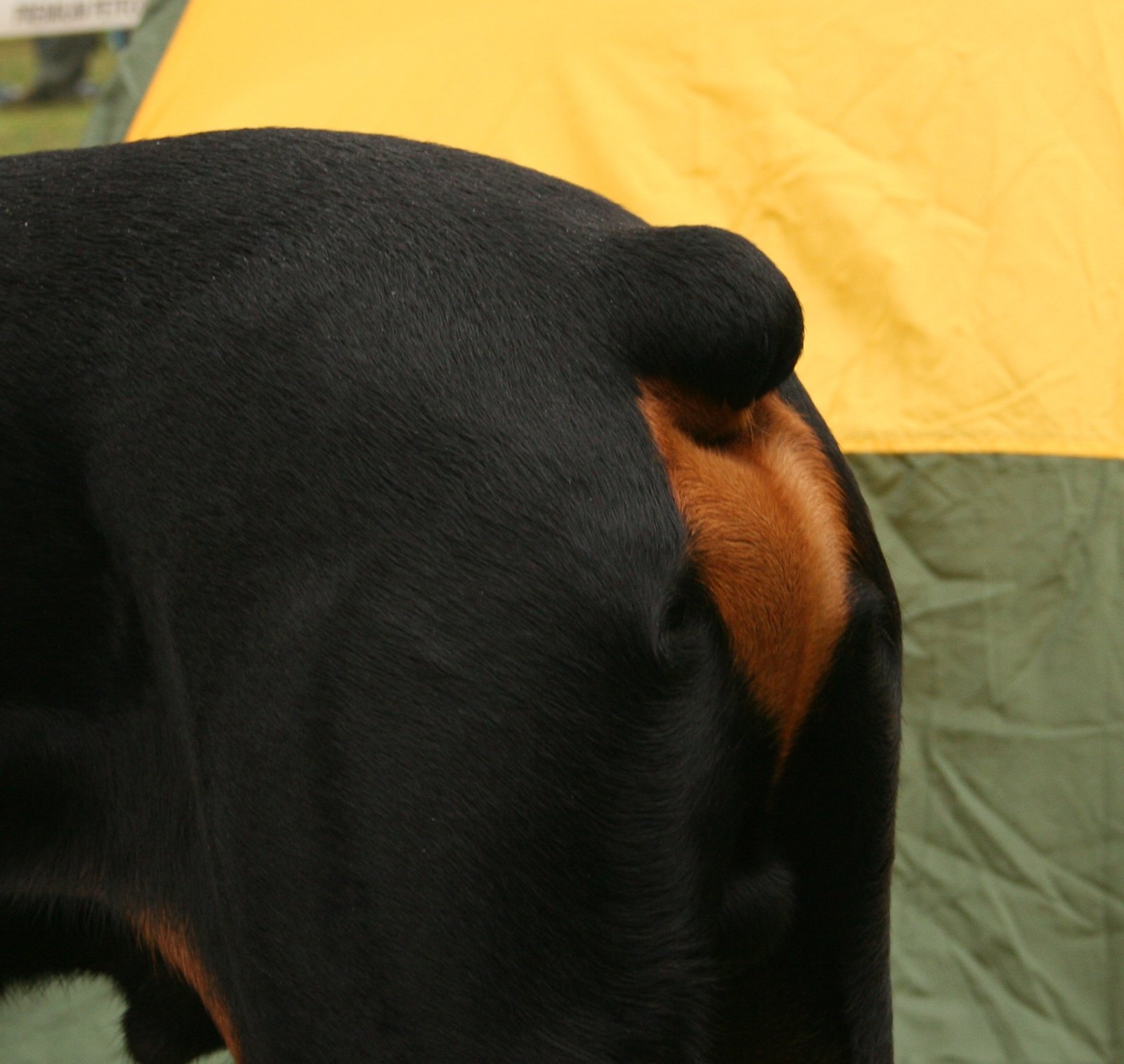
Tail docking and ear cropping have deep historical roots. Originating in ancient Rome, these practices were believed to prevent rabies, increase speed, and avoid injury during hunting or fighting. As time progressed, certain breeds were defined by their docked tails or cropped ears, becoming a hallmark of their appearance. In the 18th and 19th centuries, these procedures became more widespread as breed standards were established. Despite their historical significance, one must question if these reasons hold any weight today. Are they merely relics of a bygone era?
What Exactly is Tail Docking?
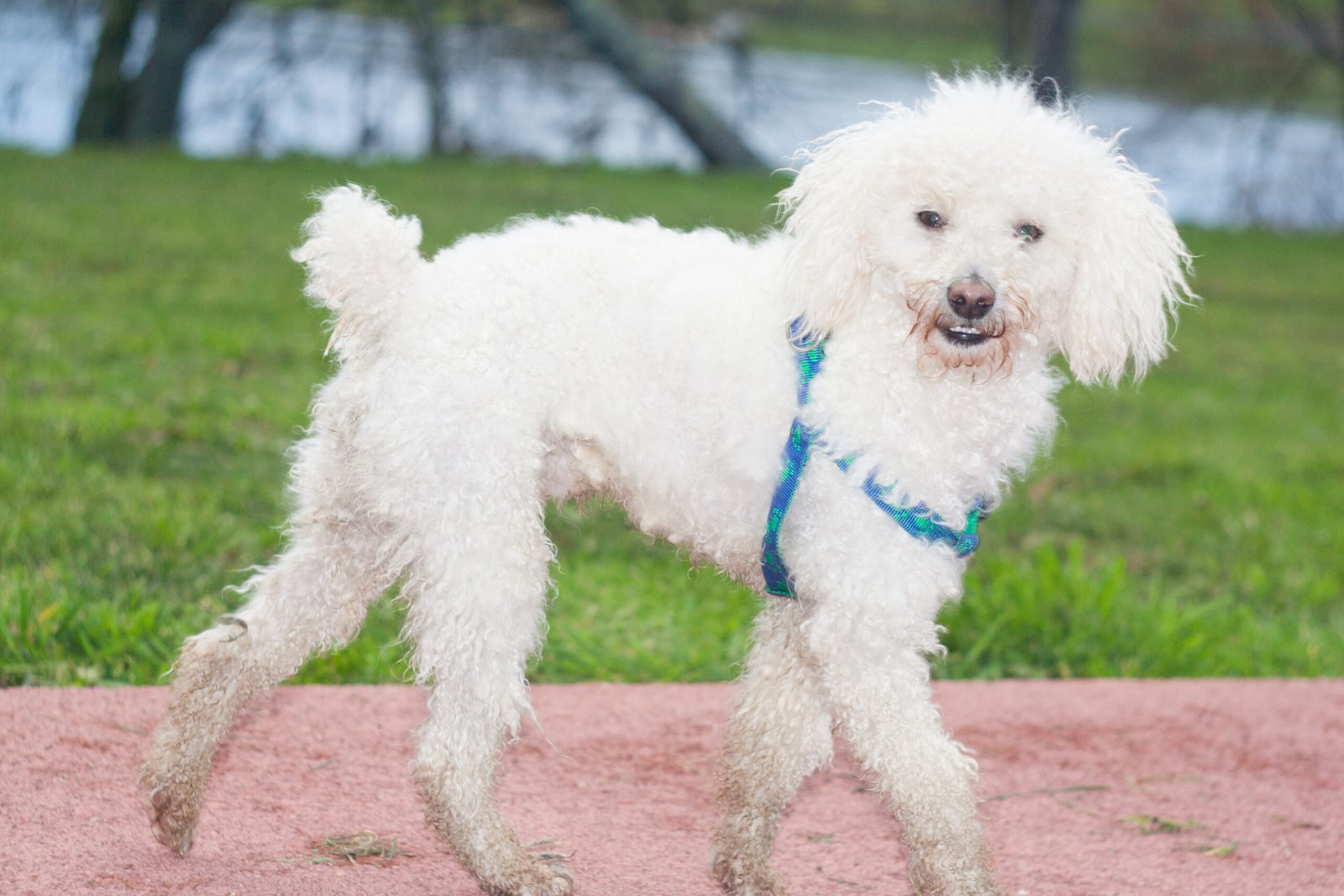
Tail docking involves the partial removal of a dog’s tail, typically performed when puppies are just a few days old. The procedure can be done surgically or with a constricting band. Proponents argue that it can prevent injuries, especially in working dogs that might injure their tails in the field. However, opponents point out that it is often done for aesthetic reasons, with no clear health benefits. The American Veterinary Medical Association (AVMA) has stated that tail docking for cosmetic purposes is unethical, raising questions about its necessity.
The Process of Ear Cropping Explained
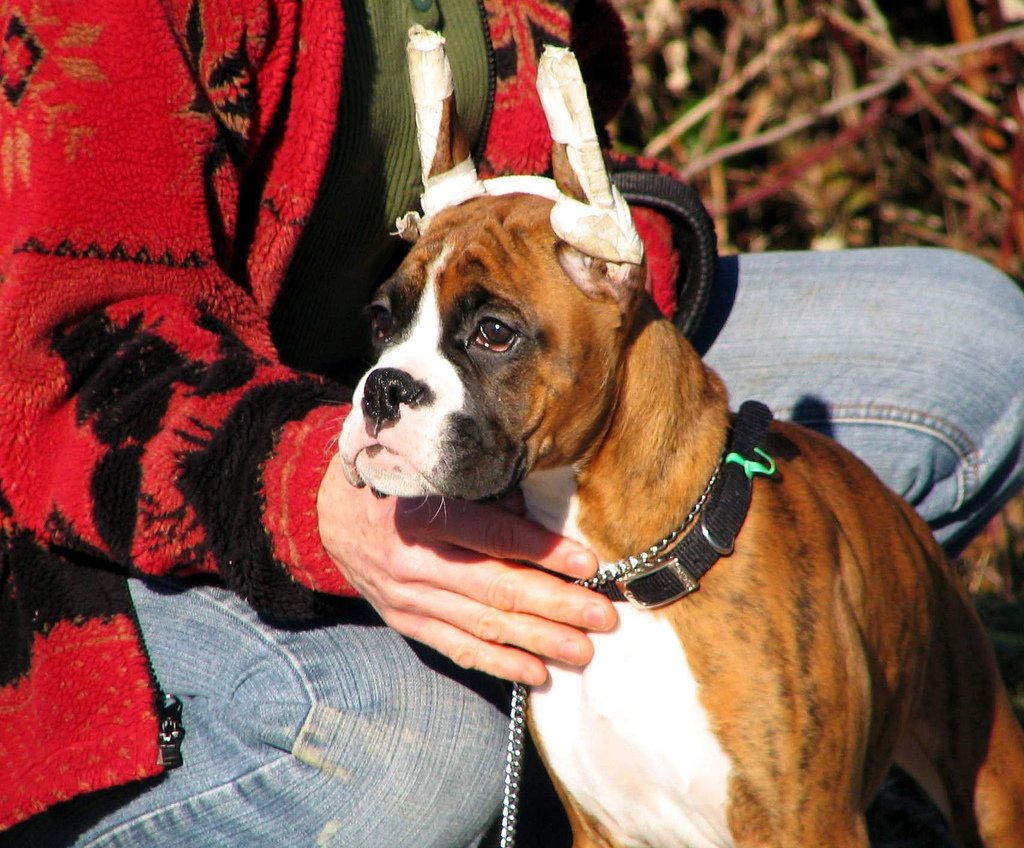
Ear cropping involves trimming a dog’s ears to make them stand erect, a procedure typically performed on puppies between 8 to 12 weeks old. Often associated with breeds like Dobermans and Boxers, ear cropping is said to reduce ear infections and enhance a dog’s hearing. However, these claims lack substantial scientific backing. The AVMA opposes ear cropping when it is done solely for cosmetic reasons. The procedure involves anesthesia, pain, and a lengthy healing process, leading many to question its ethical implications.
Breed Standards: A Double-Edged Sword
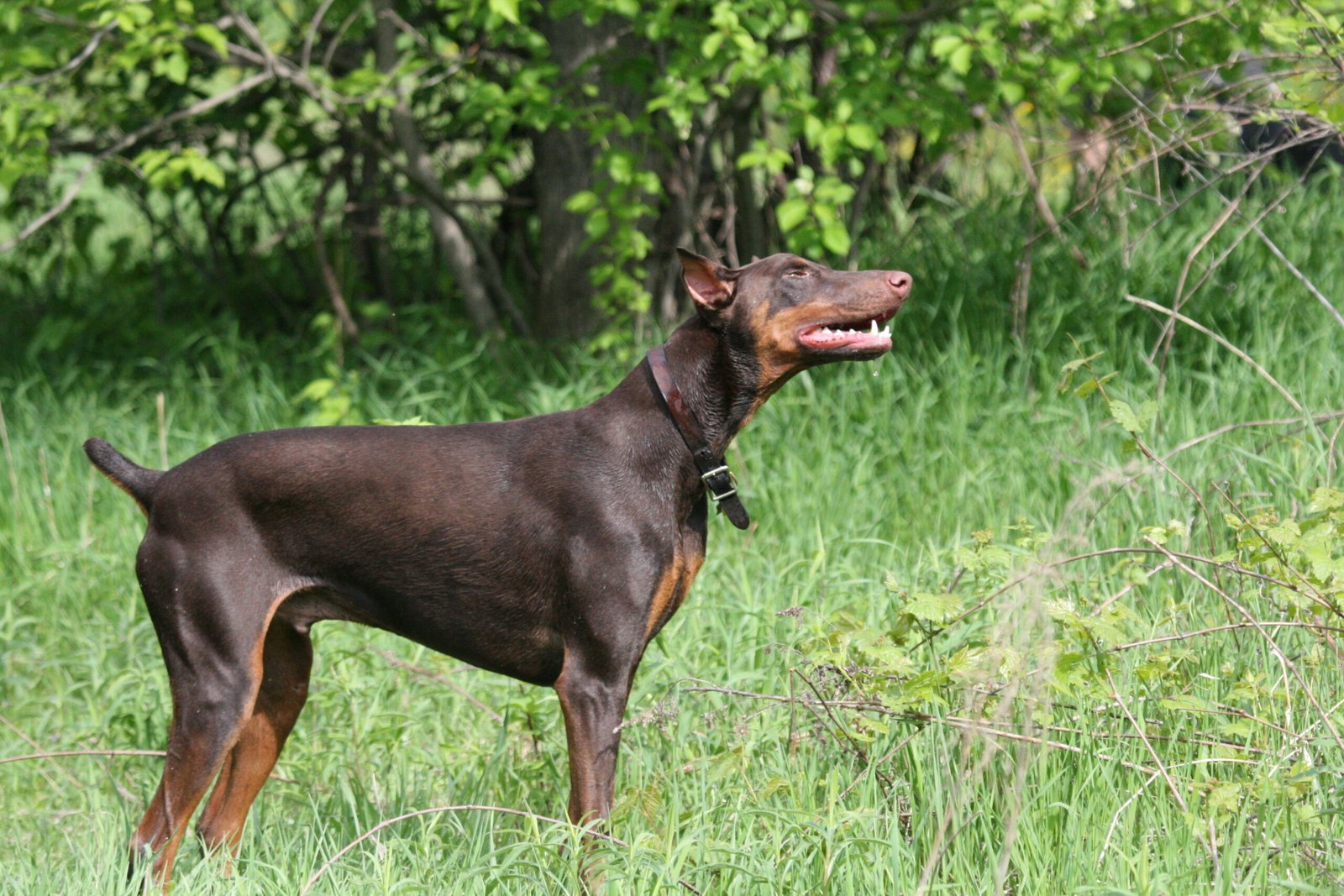
Breed standards have been both a blessing and a curse. They provide a blueprint for breeders to maintain the integrity of a breed, but they also enforce physical traits that may not be in the dogs’ best interests. Docked tails and cropped ears are often seen as defining features of certain breeds, leading breeders to continue these practices. However, many dog lovers argue that breed standards should evolve to prioritize the health and well-being of the dogs over traditional aesthetics.
Health Implications: Myths vs. Reality
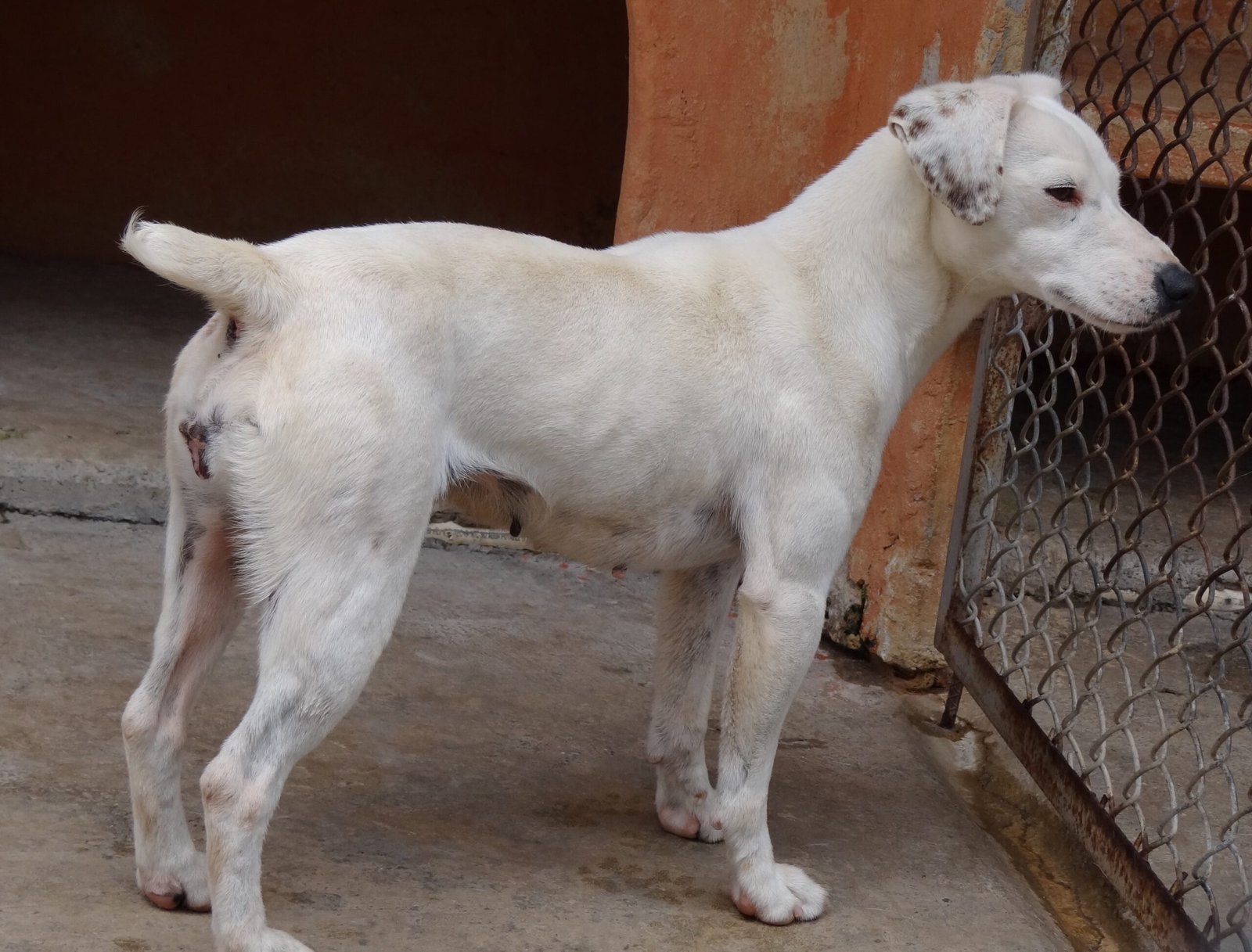
Proponents of tail docking and ear cropping often cite health benefits, but these claims are largely unfounded. While some argue that docking can prevent tail injuries, studies have shown that the risk is minimal compared to the discomfort and potential complications of the procedure. Similarly, the belief that cropped ears prevent ear infections is not supported by evidence. In fact, both procedures can lead to chronic pain, infections, and behavioral issues, making the health argument increasingly tenuous.
Legal Perspectives: A Global View
The legality of tail docking and ear cropping varies worldwide. In many European countries, these practices are banned or heavily restricted, reflecting a growing concern for animal welfare. In contrast, the United States has no federal law prohibiting them, leaving regulations to individual states. This patchwork of laws reflects the ongoing debate and cultural differences regarding animal rights. As more countries move towards banning these practices, it prompts a reevaluation of their necessity and ethical implications.
The Role of Veterinarians: Ethical Dilemmas
Veterinarians often find themselves at the center of the tail docking and ear cropping debate. While some vets refuse to perform these procedures on ethical grounds, others comply with client requests to ensure the safety and well-being of the animal. This creates a moral dilemma, as veterinarians must balance professional responsibilities with personal beliefs. The AVMA advocates for veterinarians to educate clients on the potential risks and ethical considerations, emphasizing the importance of informed decision-making.
The Shift in Public Perception
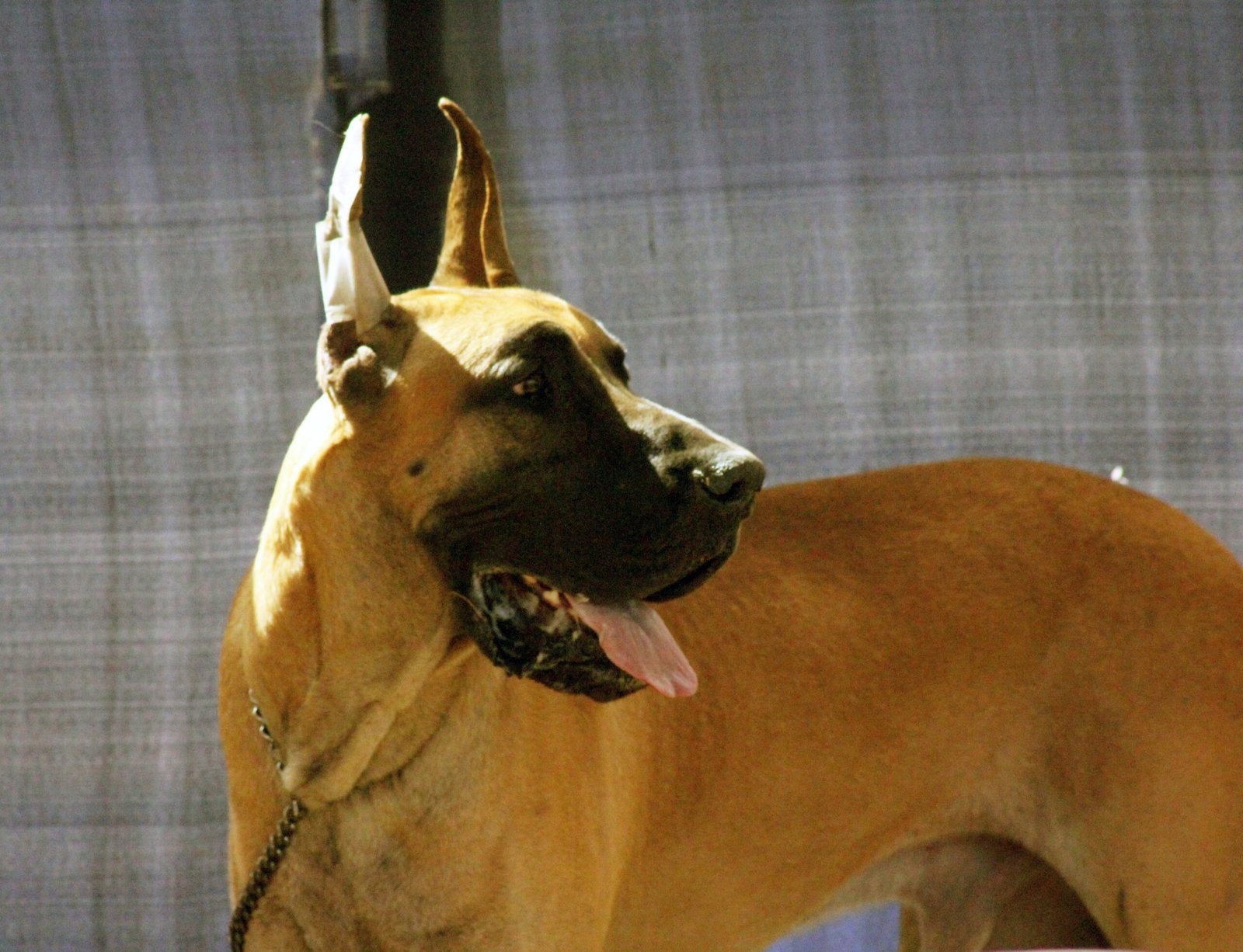
Public perception of tail docking and ear cropping is changing. As awareness of animal welfare grows, more people are questioning the necessity and ethics of these practices. Social media and advocacy groups have played a significant role in shifting opinions, highlighting the pain and distress these procedures can cause. This shift is reflected in the increasing number of breed clubs and organizations that are revising standards to exclude docking and cropping, promoting a more humane approach to dog breeding.
Alternative Approaches to Dog Breeding

As the debate rages on, alternative approaches to dog breeding are gaining traction. Many breeders are now focusing on health, temperament, and natural appearance rather than adhering to traditional cosmetic standards. This shift emphasizes the importance of responsible breeding practices that prioritize the well-being of the dogs. By embracing these alternatives, breeders can help to ensure that dogs lead happy, healthy lives without unnecessary alterations.
Conclusion

The debate over tail docking and ear cropping is far from settled. While these practices have historical significance and are deeply ingrained in certain breed standards, the ethical implications cannot be ignored. As society evolves, so too must our approach to animal welfare. By prioritizing the health and well-being of our canine companions, we can ensure that tradition does not come at the expense of compassion.

Linnea is a born and bred Swede but spends as much time as possible in Cape Town, South Africa. This is mainly due to Cape Town’s extraordinary scenery, wildlife, and atmosphere (in other words, because Cape Town is heaven on earth.) That being said, Sweden’s majestic forests forever hold a special place in her heart. Linnea spends as much time as she can close to the ocean collecting sea shells or in the park admiring puppies.






